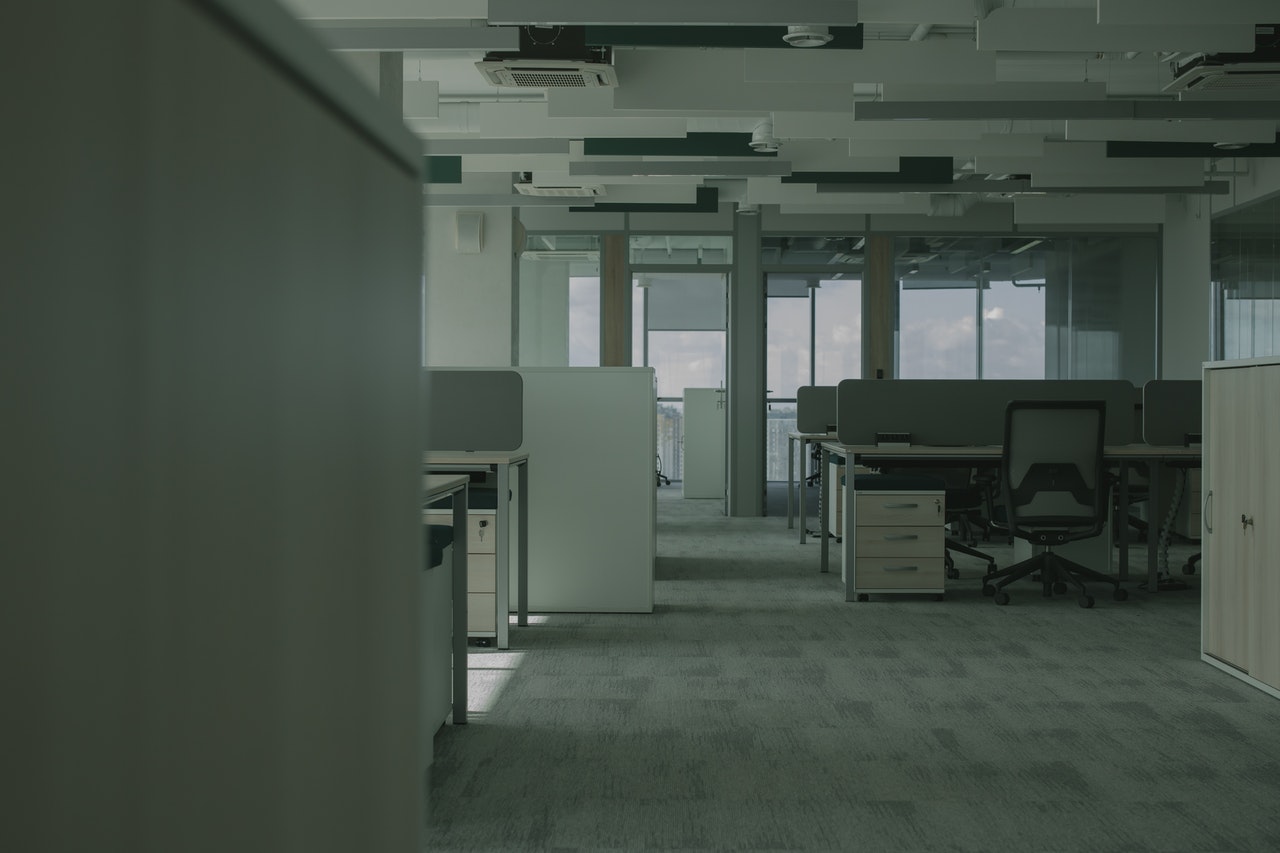Absenteeism hurts a business in many ways. According to Bee Bole, the absenteeism rate could reach 3.3% annually.
While the percentage is small, it could already cost companies a whopping $150 billion in losses. That’s about $1,685 per employee – an equivalent of almost a month’s salary for about three days of non-duty.
Absenteeism, especially if it’s common or massive, can also create a negative domino effect. Not only can it reduce productivity, but it also demoralizes or demotivates other employees. It can increase disengagement, and this only worsens an already low-efficiency rate.
Thus, many employers are interested in sick building syndrome, a condition characterized by various symptoms often shared by workers. These can include watery eyes, headaches or migraines, fevers, and allergic reactions.
This supposed health issue could increase absenteeism due to sickness and stress. But it’s also a subject of contention: does it truly exist?
The Real Deal
The truth is medical experts still don’t consider this as a real disease. But many studies already mention it and even provide reasons it happens.
Take, for example, a 1999 study by the American Phytopathological Society. Scientists blamed the cluster of symptoms on a fungus called Stachybotrys chartarum. The spores can lodge anywhere in an office, from the wallpaper to sewage systems.
In 2005, the same society published a study that pointed out allergens and mold as possible causes of the syndrome. Contrary to popular belief, most molds are not life-threatening. Not everyone reacts to them as well.
However, sometimes allergens and mold can trigger the immune system to become hyperactive. It may release histamines, which leads to allergic reactions. For those sensitive to these substances, they may be prone to anaphylaxis. A serious reaction causes the air’s passageway to narrow or close up, making it difficult or impossible to breathe.
Moreover, some studies, such as that of the University of Nebraska-Lincoln, revealed that the frequency of exposure could impact the severity of toxicity. Repeated exposures over months or years, coupled with an unhealthy lifestyle and stress, could prevent the body from eliminating or fighting these toxins.

Companies Should Not Ignore It
Is sick building syndrome real? From a medical standpoint, it remains an unofficial diagnosis. However, for thousands who experience it each year, it’s as real as it gets. Because it affects employees directly, companies cannot ignore it.
But how can businesses improve their space and make it safer for their team? The answer lies in improving air quality since most of the culprits are allergens and mold.
For one, they can buy cleaning rags in bulk to clean spills quickly. The right ones can remove liquids before rugs and carpets can absorb them, increasing mustiness and moisture and creating the best environment for molds to thrive.
Another step is to increase ventilation. Molds are fungi that breed in moist environments. Meanwhile, air contains some water. When it cannot circulate properly, condensation happens that increases the risk of higher moisture levels.
Offices may enhance their ventilation through:
- Opening windows whenever they can
- Ensuring air vents are not blocked
- Maintaining the HVAC system
- Regularly cleaning the air ducts
- Replacing AC filters
Designing the space to become greener is also helpful. In a 2014 study by the American Chemical Society, the researchers learned that over 45% of people in green buildings reported fewer symptoms of sick building syndrome.
Green-building projects can range from simple to complex, so it depends on the budget of the company. However, they can always begin with something cheaper, like introducing plants. A 2009 research shared that adding them can already decrease the levels of formaldehyde in indoor air.
There’s still so much to learn about sick building syndrome. But businesses need not wait for official recognition before they improve the well-being of their employees. Otherwise, recurrent absenteeism can hurt their organization dramatically.





